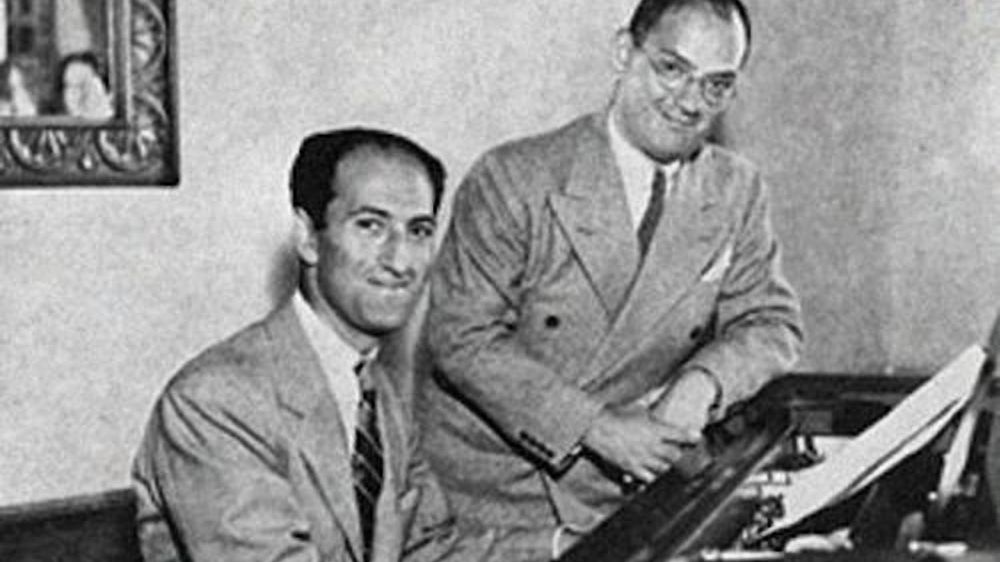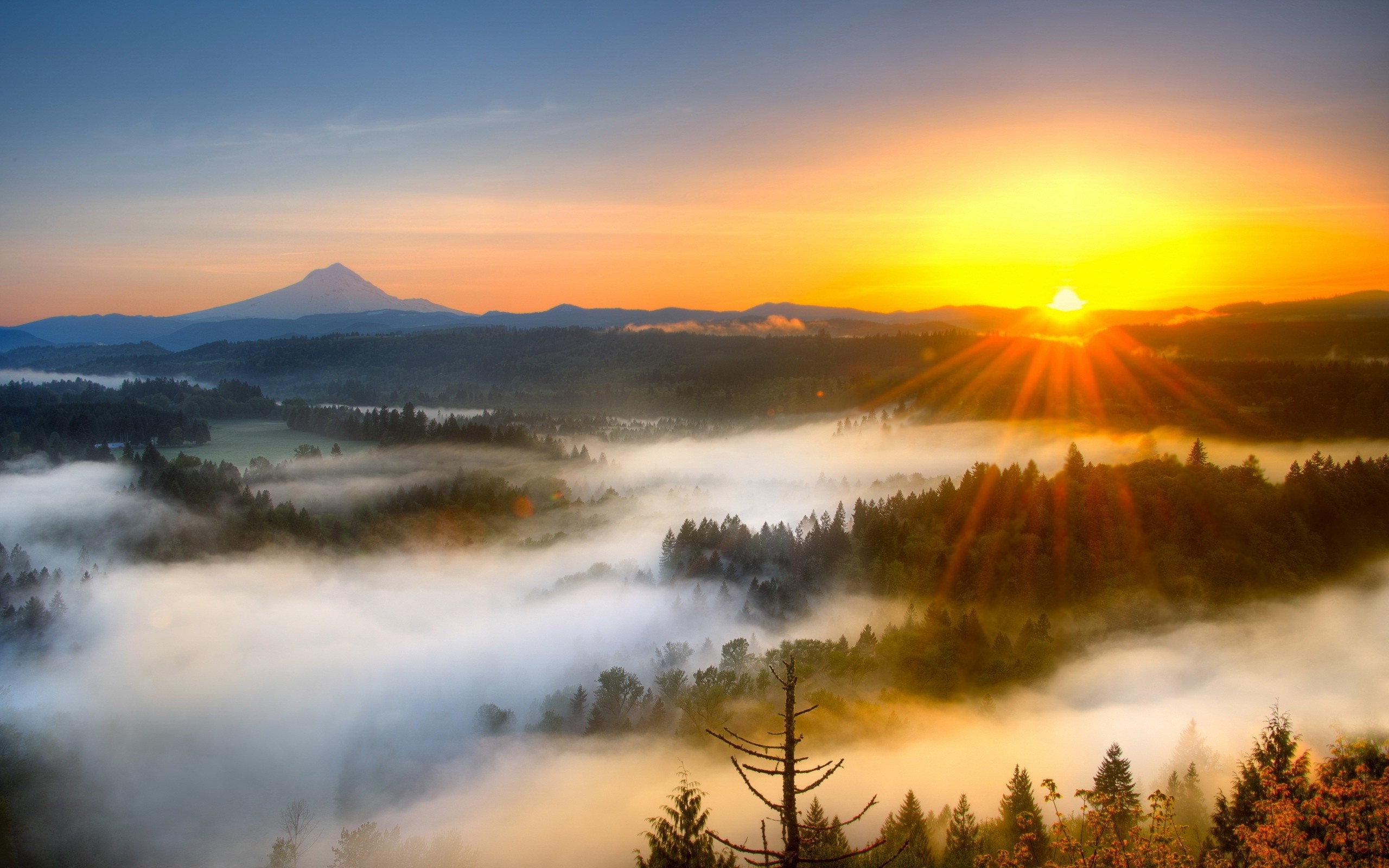Mussorgsky’s “Pictures at an Exhibition”: A Showpiece in Multiple Versions
This week, I’m once again playing the great orchestral showpiece, Pictures at an Exhibition. It’s music which was originally composed by Modest Mussorgsky in 1874 as a suite of ten virtuoso pieces for solo piano, and later transformed into shimmering orchestral technicolor by Maurice Ravel. Listening to this popular orchestral adaptation, we have the sense of two works colliding, spectacularly. The rebellious, inventive harmony and folk-inspired Russian nationalism of Mussorgsky meets the refined, impressionistic color …



